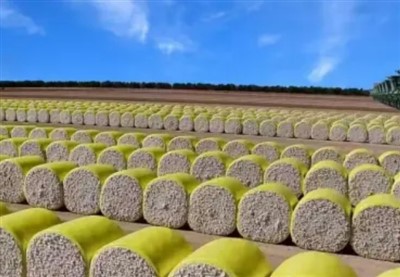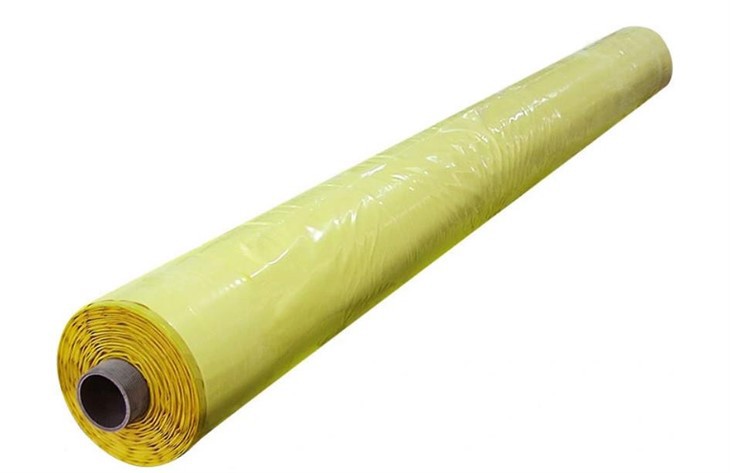How to Store Cotton Baling Film Properly
2025-03-27
Cotton baling film is crucial for protecting cotton bales during storage and transportation. Storing it correctly not only safeguards its integrity but also extends its useful lifespan.
Environment Selection
Opt for a cool, dry, and well - ventilated storage area. High temperatures, often exceeding 30°C, accelerate the degradation of the film. As the temperature rises, the polymers in the film may break down, causing it to become brittle and prone to cracking. Excessive humidity, above 60% relative humidity, creates an ideal environment for mold and mildew growth. These organisms can deteriorate the film's surface, weakening its structure. Additionally, direct sunlight contains ultraviolet (UV) rays that can severely damage the film. UV rays break down the chemical bonds in the film, reducing its strength and durability. Thus, storing the film away from windows or in covered storage units is essential.
Stacking and Handling
Stack the rolls of baling film neatly. Avoid over - stacking, as this exerts excessive pressure on the lower rolls, leading to deformation or creasing. When moving the rolls, use proper lifting equipment such as forklifts with appropriate attachments or hand - held pallet jacks for smaller loads. This prevents manual handling errors that could tear or puncture the film.
Packaging Considerations
Keep the baling film in its original packaging until ready for use. The original packaging is designed to provide an extra layer of protection against dust, moisture, and physical damage. If the original packaging is damaged, consider using a protective covering like a plastic tarp or a storage bin to shield the film.
You Might Also Like
-

what are the advantages of cotton packaging film
-

How does pe protective film cope with high temperature environment
-

The Advantages of Cotton Wrap Film
-

Advantages of Cotton Bale Wrap Film
-

How Polyethylene Packaging Material Copes with High Temperature Environment
-

How to Remove Protective Transparent Plastic Film Without Damaging the Surface
